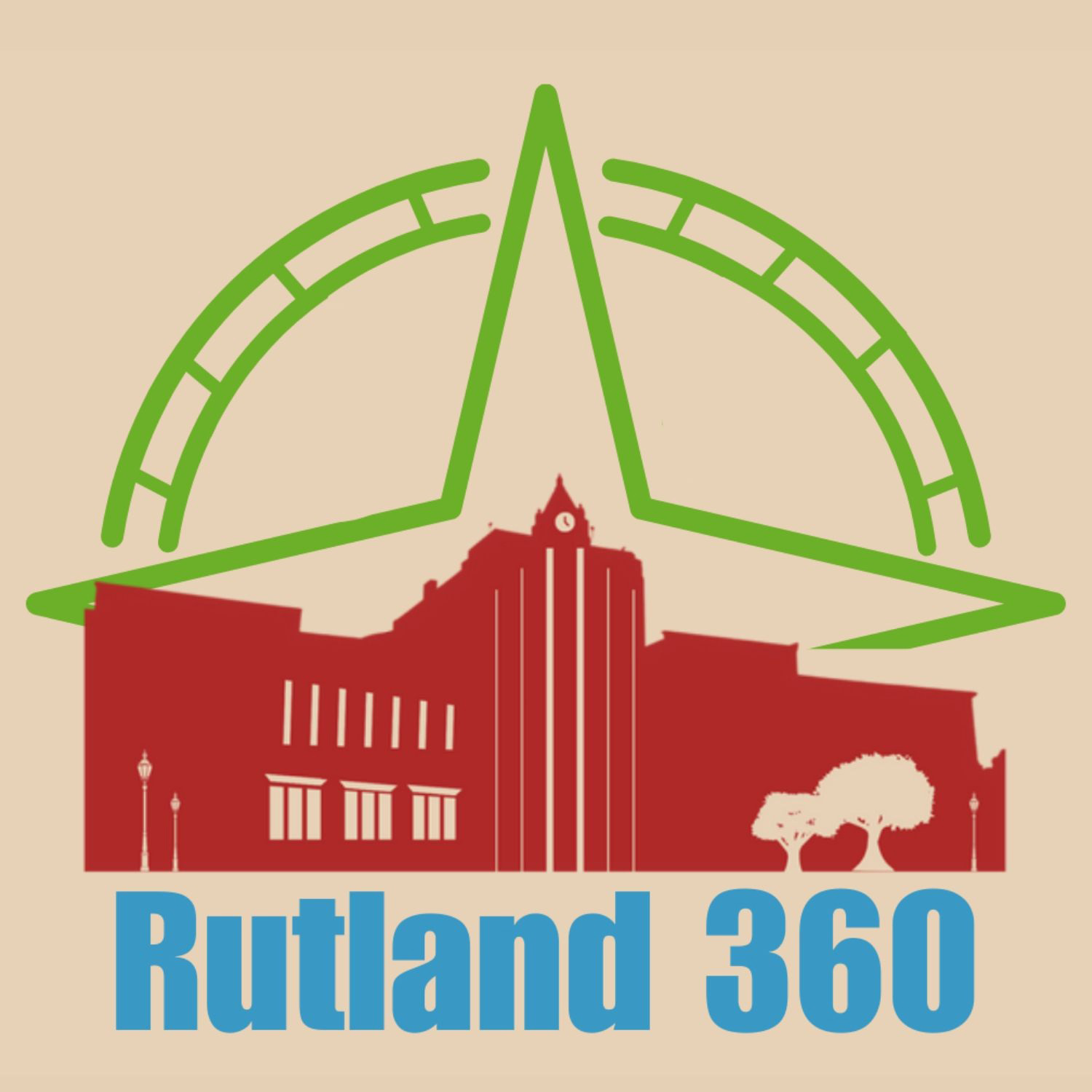This week, we will explain the “tax” in Tax Increment Financing (TIF), clarifying what the “tax increment” is, how funding flows and who covers the cost for infrastructure improvements. Importantly, TIF does not create new taxes on our residents.
Tax increment and the flow of funds
First, it’s key to understand that in order for the TIF program to work, the municipality needs to establish a tax revenue baseline. To do this, the total taxable value of all properties within the district (the Original Taxable Value or OTV) is set and remains unchanged for the life of the district. Taxes generated from the OTV will continue to flow to the municipality’s general fund and the state education fund. Not a nickel of those dollars is taken away.
As new private development occurs within the district, it increases the property value. The additional tax revenue generated by this increase—called the “increment”—is partially allocated to a special TIF fund. For Rutland, 85% of the municipal increment and 70% of the education increment is retained by the TIF fund for 20 years, which is used to pay for the infrastructure projects.
In short, this program uses the new tax revenue generated by a development project to pay for the infrastructure improvements that made the development possible in the first place.
Who pays for infrastructure projects?
The municipality has until 2035 to incur debt—typically through a bond—for selected infrastructure projects, such as replacing aging water lines or improving streetscapes. For a period of 20 years from when the first debt is issued, the municipality may retain the increment that repays all of the debt accrued for the infrastructure projects.
So who ultimately pays for the upfront infrastructure costs? That would be the developers, by way of the property taxes generated by the new development.
To summarize, while the City of Rutland, for example, will ask for bond approval to fund critical infrastructure projects, it will not be a traditional bond that results in increased taxes for our residents. Instead, it will be paid for using the increased property tax revenue generated by the completed project itself.
Sometimes a visual aid helps. Our team crafted an infographic that explains, very generally, how TIF works. Check it out here: http://bit.ly/3FRKtA9.
For more information, visit: Rutlandvtbusiness.com/tax-increment-financing.

Chart shows the process for which a Tax Increment Financing district comes to be approved and then implemented. Rutland City is currently working on adopting the defined area.




